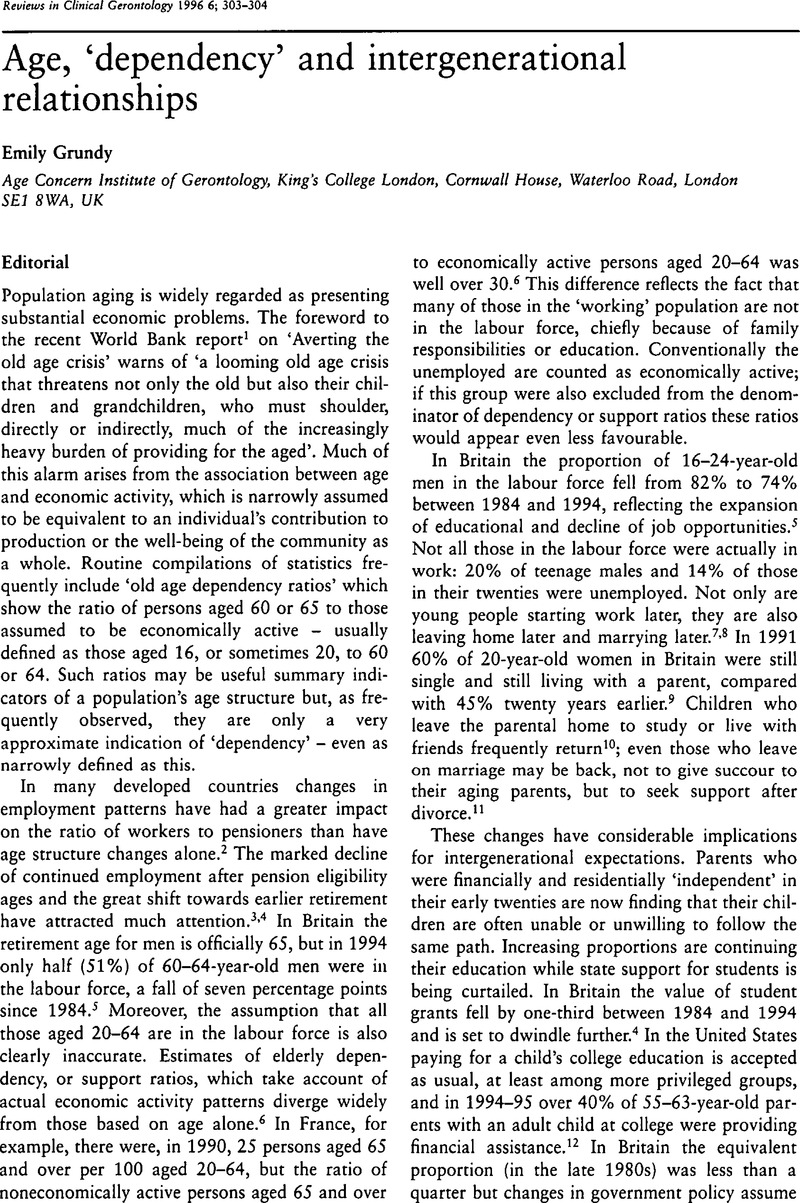Crossref Citations
This article has been cited by the following publications. This list is generated based on data provided by Crossref.
Wolf, Douglas A.
1999.
The Family as Provider of Long-Term Care.
Journal of Aging and Health,
Vol. 11,
Issue. 3,
p.
360.



